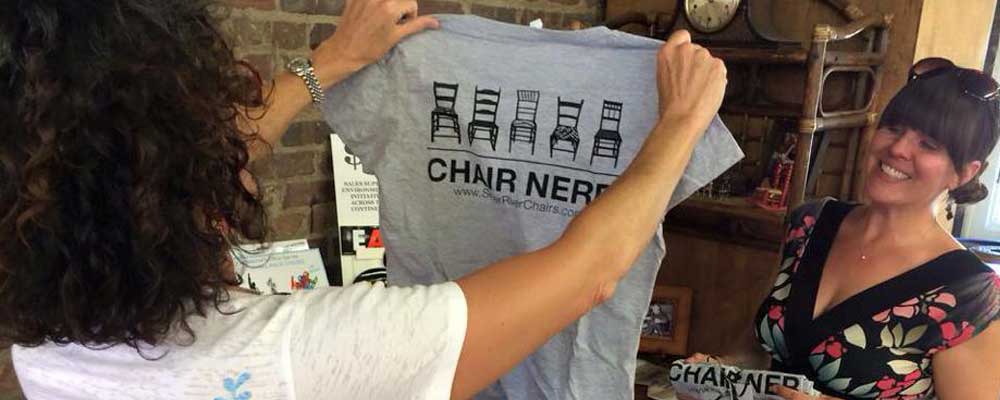
The Rattan Palm, the source of cane
A LITTLE BIT ABOUT CHAIR CANING:
“Caning” has come to be the general term for many types of seat weaving including Fiber & Natural Rush, Machine & Hand-Woven Cane, Seagrass & Danish Cord, Hickory or Oak Splint/Split Weaving, Shaker Tape, and even rawhide woven seats. Footstools, chairs, canoe seats, headboards, cabinets, guitar amps, even decorations on ceiling fans have cane designs.
Cane is derived from the rattan palm. The “top” side of a strand of cane is naturally smooth and silica coated; the “back” raw side is actually the cellulose fibers of the plant. It is native to Southeast Asia.
Nerd Alert! – How Rattan is Made into Cane Strand for Chair Seat Weaving

Chair Cesca S32 by Marcel Breuer, 1928
Chair Caning has always been a global trade. Rattan came over with the tea & spice trade in the late 1600’s and quickly replaced upholstery which was known to harbor vermin. Woven seats were abundant in England and France in the 1700’s, and went in and out of fashion until the early 20th century with the Bauhaus movement of modern architecture and classic Mid-Century Modern design.
Cane, wicker, and rush are used on newer manufactured imports and are classic porch furniture, despite the problems that weather causes them! Many contemporary chair designers use bark, Shaker tape, and cane on their chairs.
As a general rule, cane needs to be kept indoors away from direct sunlight and heat vents.
THE HISTORY OF THE CHAIR:
The chair has been a sign of authority and status throught ancient history. The earliest evidence of seating comes from the Stone Age 40,000 years ago and is a sign of humans elevating themselves not only off of the cold floor, but also above other animal species.
Interestingly, the ancient Eyptians believed that natural form must be incorporated into chairs because creating an unnatural object would create chaos in the universe. They carved animal heads and claw feet on chairs. This tradition can be seen today both on chair legs and on bathtubs!
Chairs appeared in ancient Chinese history as far back as
20,000 years ago and were fairly utilitarian, like an elevated platform. Most people sat on their heels or squatted, both of these options are VERY GOOD FOR YOUR BODY! (The yoga teacher in me must point out that flexibility, core strength used to prop yourself up, and compression of joints like deep bending in the knees are key in maintaining a healthy spine and joints…but I digress…)
The oldest example of a Chinese seat is a folded stool whereas the typical chair with a back rest is generally a Western concept. In fact Buddhists have been credited with one of the first chairs, a folding chair.
Ever wonder where the term “sedan” came from? It is a traditional mode of transportation in ancient Chinese culture. You’ve seen the covered chair in old movies, being carried on the shoulders of slaves. Over time, this became a popular mode of transportation especially for weddings.
SOURCES:
The most comprehensive study of caned furniture is written by my guru:
Dr. Brian Crossley, ‘Caned Furniture,’ The East India Company at Home, 1757-1857. (February, 2014) http://blogs.ucl.ac.uk/eicah/files/2014/02/Caned-Chairs-Final-PDF-19.08.14.pdf
Read the Random History Website to learn more about chairs and other random interesting information. I learned lots of cool information on Eyptian Furniture from this site. Wikipedia also has interesting stuff to read with links to everywhere (Warning: your ADD can go into overdrive!)









